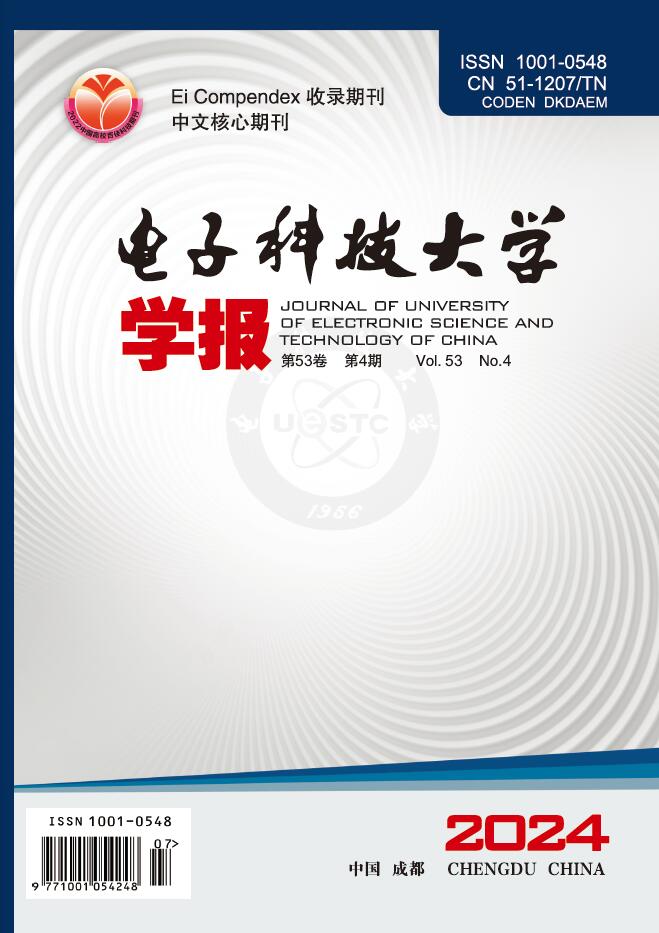Fitness of the Generalized Growth to the COVID-19 Data
Q4 Engineering
引用次数: 3
Abstract
A generalized growth model is applied to fit the time series of cumulative confirmed cases between Jan. 15 to Feb. 15, 2020. Moreover, the same formula is also applied to the time series of cumulative susceptive cases and cumulative close contact cases from Jan. 23 to Feb. 15, 2020. The model tallies with data published by the National Health Commission. The sub-exponential and sub-linear growth reflect the time heterogeneity during the transmission of COVID-19, which provide the reference to the prediction of the growth trend of the transmission.广义增长对新冠肺炎数据的适应性
应用广义增长模型拟合2020年1月15日至2月15日期间累计确诊病例的时间序列。此外,同样的公式也适用于2020年1月23日至2月15日的累计易感病例和累计密切接触病例的时间序列。该模型与国家卫生健康委员会公布的数据相吻合。亚指数和亚线性增长反映了新冠肺炎传播过程中的时间异质性,为预测传播增长趋势提供了参考。
本文章由计算机程序翻译,如有差异,请以英文原文为准。
求助全文
约1分钟内获得全文
求助全文
来源期刊

电子科技大学学报
Engineering-Electrical and Electronic Engineering
CiteScore
1.40
自引率
0.00%
发文量
7228
期刊介绍:
 求助内容:
求助内容: 应助结果提醒方式:
应助结果提醒方式:


